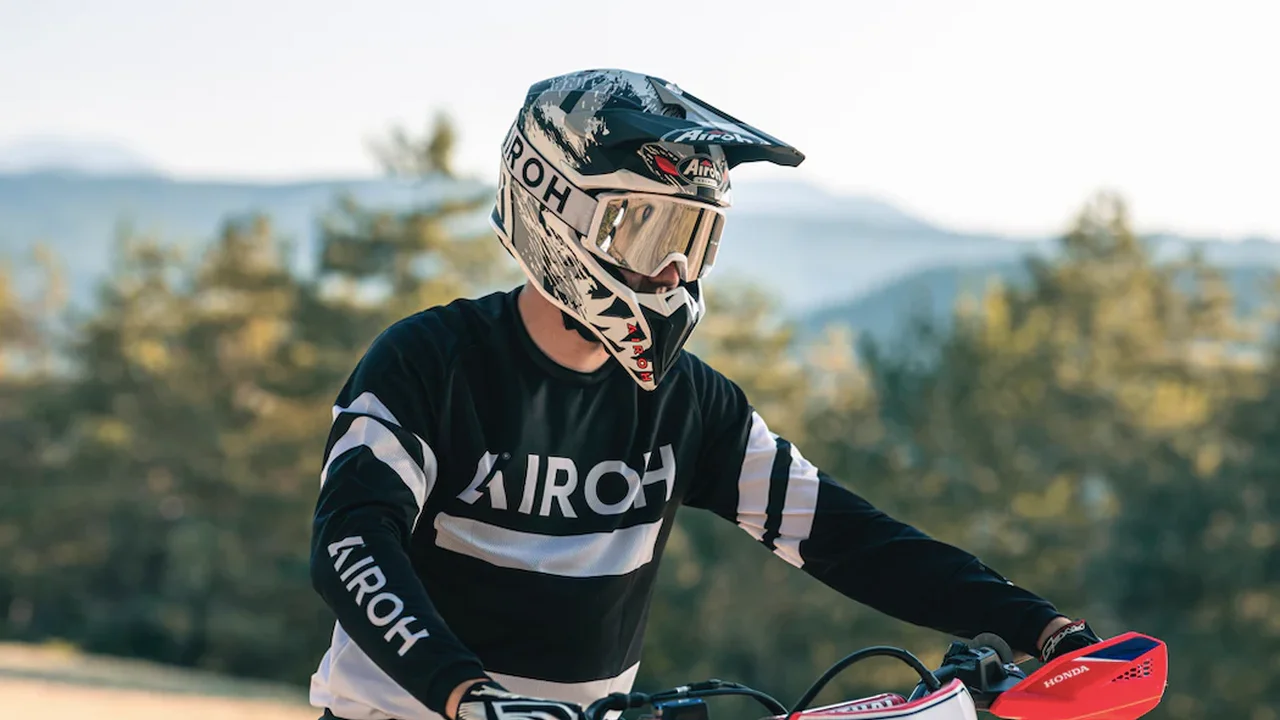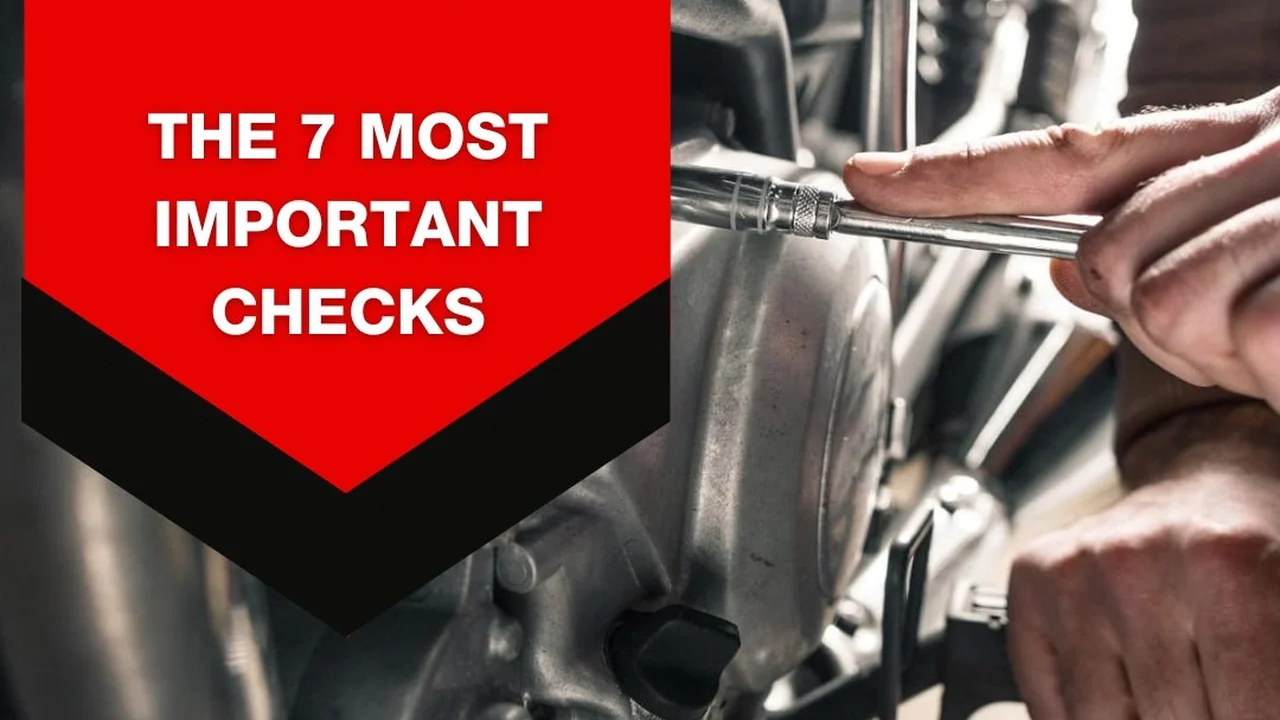5 Essential Off-Road Riding Skills for ADV Riders
Adventure riding is all about exploring the unknown, pushing your limits, and experiencing the world in a unique way. But venturing off the tarmac requires a different skillset than your average road ride. Mastering essential off-road techniques will not only boost your confidence but also significantly improve your safety and enjoyment. This article dives into five crucial skills every ADV rider should have in their arsenal, along with gear recommendations and product comparisons to help you choose the right tools for the job.

Off-road riding demands a blend of finesse, control, and understanding of your motorcycle. Let's break down the five fundamental skills that will transform you from a tentative novice to a confident off-road adventurer.
1. Mastering the Stand-Up Riding Position: Your Key to Control and Balance
The stand-up position is arguably the most important skill for off-road riding. It allows you to use your legs as suspension, absorb bumps, and maintain better balance over uneven terrain. This position shifts your weight lower, improving the bike's stability and giving you more control. Your legs become active shock absorbers, mitigating the impact of rocks, ruts, and whoops. This is particularly crucial for ADV bikes, which are heavier than dedicated dirt bikes.
How to Practice: Start on a smooth, flat surface. Stand up on the pegs, keeping your knees slightly bent and your weight centered. Your arms should be relaxed and slightly bent, allowing them to move freely. Practice shifting your weight from side to side and front to back. As you become more comfortable, move to progressively rougher terrain. Focus on keeping your core engaged and your eyes looking ahead.
Gear Recommendation: A good set of off-road boots is essential for ankle support and protection. Consider the Alpinestars Tech 7 Enduro Drystar Boots (around $450). They offer excellent protection, comfort, and waterproofing, making them ideal for ADV riding. Alternatively, the Sidi Adventure 2 Gore-Tex Boots (around $550) are another excellent choice, known for their durability and all-weather performance. Compare them based on ankle support, waterproofing, and buckle system comfort. The Tech 7 is a bit stiffer, offering more protection, while the Sidi Adventure 2 is generally considered more comfortable for longer rides.
2. Clutch Control: Feathering for Finesse and Traction in Technical Sections
Clutch control is your lifeline in technical terrain. It allows you to modulate power delivery, maintain traction, and prevent stalling. Feathering the clutch means gently slipping the clutch lever to control the amount of power going to the rear wheel. This is especially important when navigating rocks, sand, or steep inclines.
How to Practice: Find a smooth, grassy area. Practice riding slowly in first gear, feathering the clutch to maintain a consistent speed. Focus on finding the "friction zone" – the point where the clutch starts to engage. As you become more comfortable, practice feathering the clutch while navigating obstacles like cones or small logs. Imagine you're trying to keep a marble from rolling off a slightly tilted plate - that's the level of finesse you're aiming for.
Gear Recommendation: While not directly related to clutch control itself, a good set of riding gloves is crucial for feel and dexterity. The Klim Dakar Pro Gloves (around $70) offer excellent protection and feel, allowing you to maintain a precise grip on the clutch lever. For colder weather, consider the Revit Sand 4 H2O Gloves (around $130), which are waterproof and offer good insulation. The Klim Dakar Pro offers better ventilation, ideal for hotter climates, while the Revit Sand 4 H2O excels in wet and cold conditions. Consider bar risers and adjustable levers to optimize hand position and clutch reach for better control.
3. Throttle Control: Smooth and Deliberate Power Delivery for Optimal Traction
Just as important as clutch control, throttle control is about delivering power smoothly and deliberately. Abrupt throttle inputs can easily break traction, leading to slides and loss of control. The key is to use a small, consistent amount of throttle, gradually increasing or decreasing it as needed. This is particularly crucial on loose surfaces like gravel or sand.
How to Practice: Start on a flat, gravel road. Practice accelerating smoothly from a standstill, focusing on maintaining a consistent throttle position. Avoid jerky movements. As you become more comfortable, practice accelerating and decelerating through corners. Pay attention to how the bike reacts to different throttle inputs. Think of your throttle hand as a dial, not a switch.
Gear Recommendation: Consider an aftermarket throttle tube like the G2 Ergonomics Tamer Throttle Tube (around $80). These tubes often have a progressive cam profile, which reduces the initial throttle sensitivity, making it easier to control the bike in technical terrain. Compare different cam profiles to find one that suits your riding style. Some offer more aggressive throttle response, while others provide smoother, more predictable power delivery.
4. Proper Body Positioning: Shifting Your Weight for Enhanced Stability and Cornering
Body positioning plays a crucial role in off-road riding. Shifting your weight forward improves traction on the front tire, while shifting your weight back helps prevent the front tire from washing out. Leaning into corners helps maintain balance and control. Experiment with different body positions to find what works best for you in different situations.
How to Practice: Practice shifting your weight while riding on a flat surface. Lean forward while accelerating and lean back while braking. In corners, lean your body in the direction of the turn. As you become more comfortable, practice these techniques on progressively more challenging terrain. Watch videos of professional riders and pay attention to their body positioning.
Gear Recommendation: While not directly related to body positioning, proper riding gear enhances your comfort and mobility, allowing you to move freely on the bike. Consider a set of off-road pants and a jersey like the Fly Racing Kinetic Mesh Pants and Jersey Combo (around $150). They offer excellent ventilation and freedom of movement. Look for pants with articulated knees and a comfortable fit. Consider knee braces or knee guards for added protection. Brands like Leatt and EVS offer a wide range of protective gear.
5. Looking Ahead: Scanning the Trail for Obstacles and Planning Your Line
Looking ahead is perhaps the most underrated skill in off-road riding. By scanning the trail for obstacles and planning your line, you can anticipate potential hazards and make informed decisions. This allows you to react more quickly and avoid unexpected surprises. Focus your vision well ahead of your front wheel, scanning for rocks, ruts, and other obstacles. Choose the smoothest and safest line possible.
How to Practice: Consciously focus on looking ahead while riding. Practice scanning the trail and identifying potential hazards. Choose your line in advance and commit to it. As you become more comfortable, try to anticipate how the bike will react to different obstacles. Imagine you're playing a video game - you need to anticipate the next move to succeed.
Gear Recommendation: A good helmet with a wide field of vision is essential for seeing the trail ahead. The Arai XD4 Helmet (around $750) is a popular choice among ADV riders. It offers excellent protection, ventilation, and a wide field of vision. Alternatively, the Shoei Hornet X2 Helmet (around $650) is another excellent option, known for its comfort and aerodynamics. Compare them based on fit, ventilation, and noise level. Consider wearing clear or tinted goggles depending on the lighting conditions.
:max_bytes(150000):strip_icc()/277019-baked-pork-chops-with-cream-of-mushroom-soup-DDMFS-beauty-4x3-BG-7505-5762b731cf30447d9cbbbbbf387beafa.jpg)






